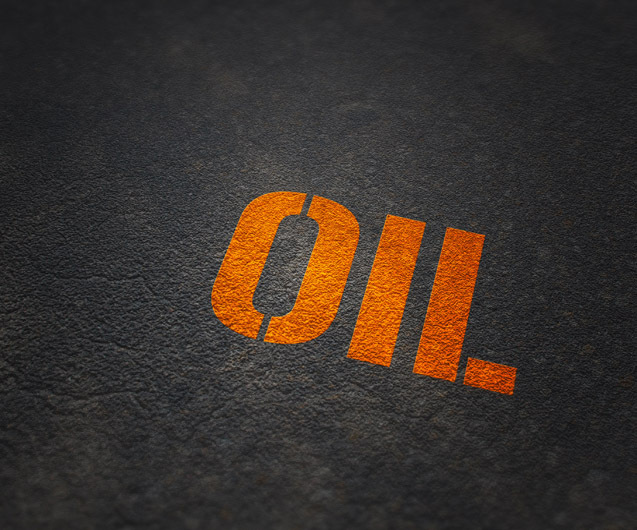Crude oil is a complex mixture of different hydrocarbons that are composed of hydrogen and oxygen molecules.
These two elements make up ~95% of crude oil.
Crude oil is created when plant and animal matter undergoes complex decomposition deep underground under high temperatures and pressure.
This is a very slow process and that’s why crude oil is considered to be a non-renewable energy source.
Even though the composition of crude oil is different depending on the location where it is extracted, there are three main hydrocarbon types that can be found in most crude oils around the world.
Paraffins/Alkanes ( ~25%) – saturated hydrocarbons with the general formula CnH2n+2. The simplest alkane is methane (CH4). As the number of carbon atoms in the alkanes increases so does their boiling temperature.
Naphthenes/Cycloalkanes (~45%) – saturated hydrocarbon molecules arranged in a ring. The general formula is CnH2n. Cycloalkanes have a higher boiling temperature than alkanes.
Aromatics (20%) – similar to naphthenes aromatics have a ring structure but they also have delocalized pi-electrons. All aromatics contain a benzene ring. Some examples are Toluene and Xylene.
Examples of other hydrocarbons that can be found in crude oil are Alkynes and Alkenes.
Related: What is the API Gravity of Crude Oil?
In addition to hydrocarbons, crude oil also has nitrogen and oxygen compounds, different minerals, and trace amounts of metals.
Common metals found in crude oil are vanadium, nickel, and iron.
Depending on whether the crude is sour or sweet it may also contain dissolved hydrogen sulfide.
References:
https://en.wikipedia.org/wiki/Alkane
https://en.wikipedia.org/wiki/Cycloalkane
Read next: What Is the Difference Between Brent And WTI Crude Oil?
